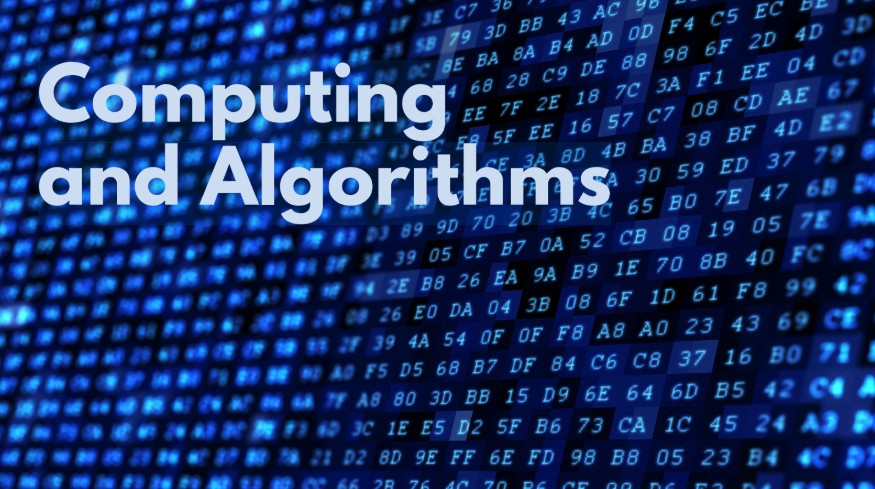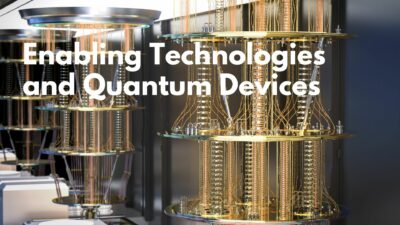Researchers at NIST have developed a programmable quantum voltage standard using Josephson junctions that can provide a voltage with an uncertainty of less than 1 part per billion, never needs calibration, and can be used by non-experts. The standard relies on a quantum-mechanical phenomenon in Josephson junctions, which consist of two superconductors separated by a thin barrier through which pairs of electrons can tunnel. When microwaves are applied to the junction, the junction oscillations lock to the microwave frequency to produce voltage steps with magnitudes determined only by the microwave frequency.
The programmable Josephson voltage standard (PJVS) has evolved through several stages as microfabrication techniques have improved. The first programmable 1 V system was introduced in 1997, and a fully functional 10 V system was announced in 2006. The PJVS contains 32 separate microwave channels addressing approximately 300,000 junctions made from niobium superconductors separated by niobium-doped silicon.
The team has also developed a new measurement technique that exploits stepwise voltages synthesized by the PJVS, which improved NIST power meter calibrations by 20-fold in 2008. The phenomenon of Josephson junctions was first predicted by Welsh physicist Brian Josephson in 1962 and confirmed shortly thereafter.
Source: https://www.nist.gov/news-events/news/2013/04/primary-voltage-standard-whole-world
Keywords: Josephson, Superconducting, Metrology, Voltage, Quantum


